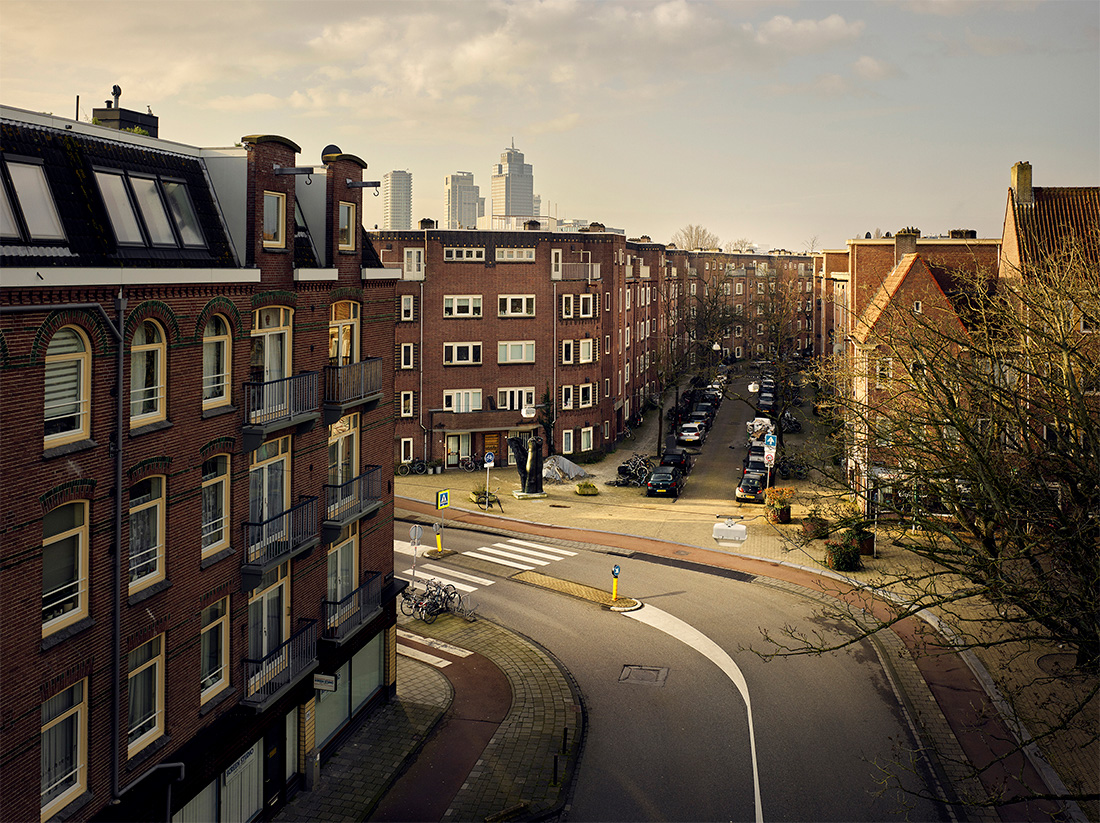
Transvalbuurt The Krugerplein was used as a gathering point for Jews that were arrested during raids in the Transvaalbuurt area. About 80 per cent of the 20,000 inhabitants of Transvaalbuurt were Jewish, making it the neighbourhood with the highest number of Jewish people in the city at the time.
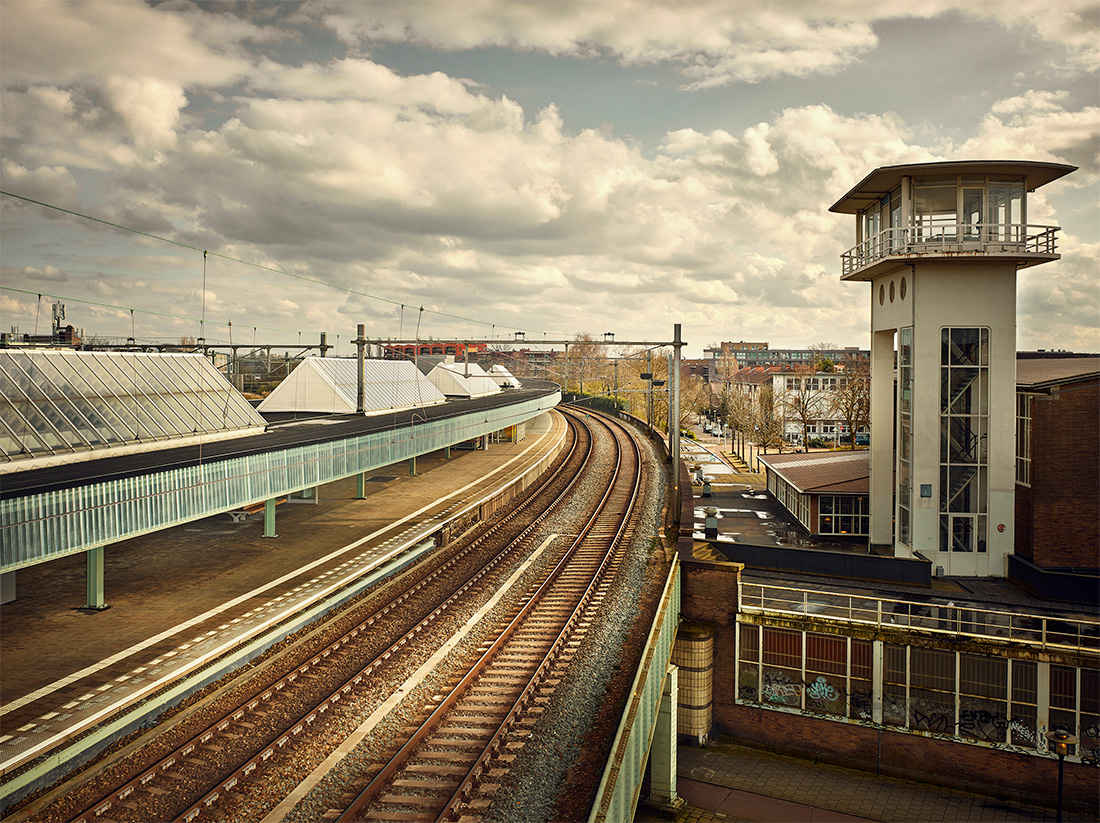
Muiderpoortstation The tracks leading to Amersfoort were used by the trains going to the Westerbork transit camp. From Muiderpoort Station more than 11,000 Jews were deported to Westerbork and from there on to the concentration and extermination camps. Besides this station, Central Station, Amstel Station and the former marshalling yard Stadsrietlanden (next to Lloyd Hotel) were used to deport Jews to the transit camp and beyond.
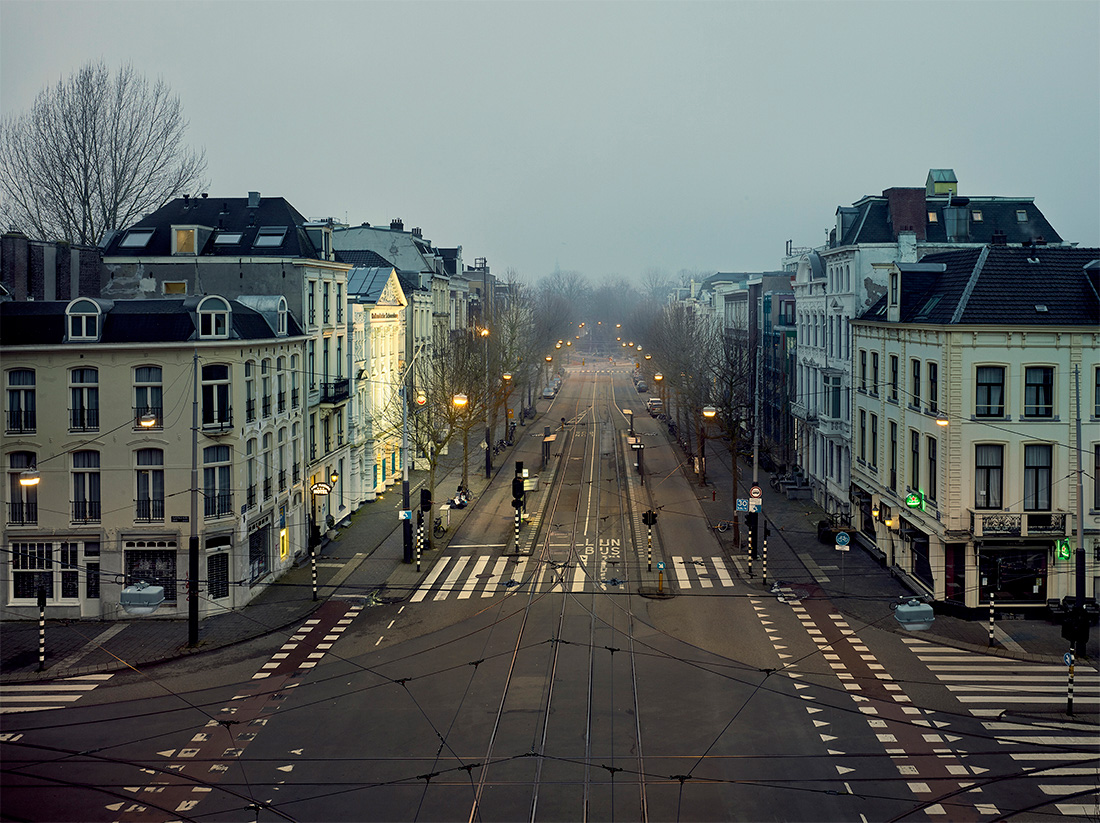
Plantage Middenlaan Between July 1942 and September 1943, 46,000 Jewish inhabitants of the city of Amsterdam were deported to the Westerbork transit camp from the Hollandsche Schouwburg at the Plantage Middenlaan. This theatre, that had been forcefully turned into a Jews-only venue in 1941, served as a gathering point and detention centre from which detainees were forced to leave the city by foot, tram or loaded on a lorry and travel to Westerbork through Central Station, Muiderpoort Station or the former marshalling yard Stadsrietlanden (next to Lloyd Hotel).
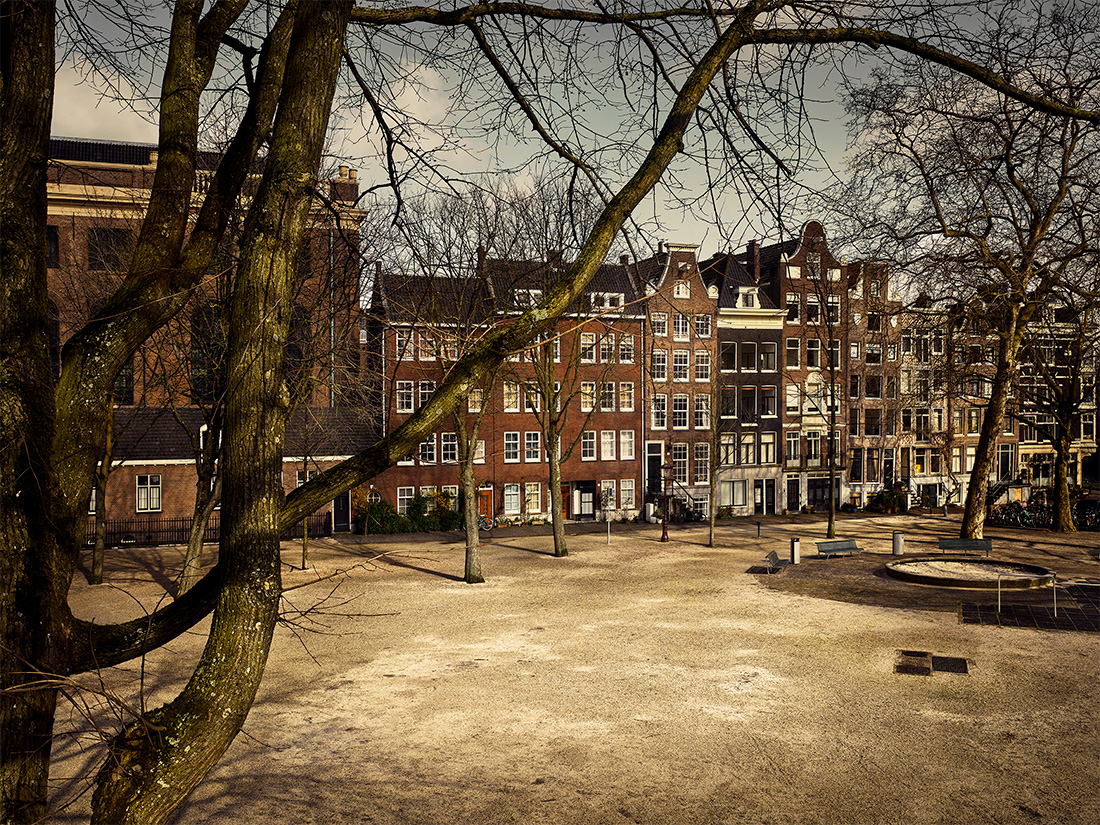
Jonas Daniël Meijerplein Until 1943 the Jonas Daniël Meijerplein was used as a gathering point during raids. On the 22nd and 23rd of February 1941, Jewish men were rounded up and gathered on the square. These raids, carried out by the German occupying forces at the heart of the Amsterdam Jewish quarter, would be the first of many. These two days, a total of 427 Jewish men were deported to a camp in Schoorl and then transported onwards to the Buchenwald and Mauthausen concentration camps. Most men perished soon after arrival. This act of violence against the city’s Jewish community triggered a general strike, which would go down in history as the ‘February Strike’.
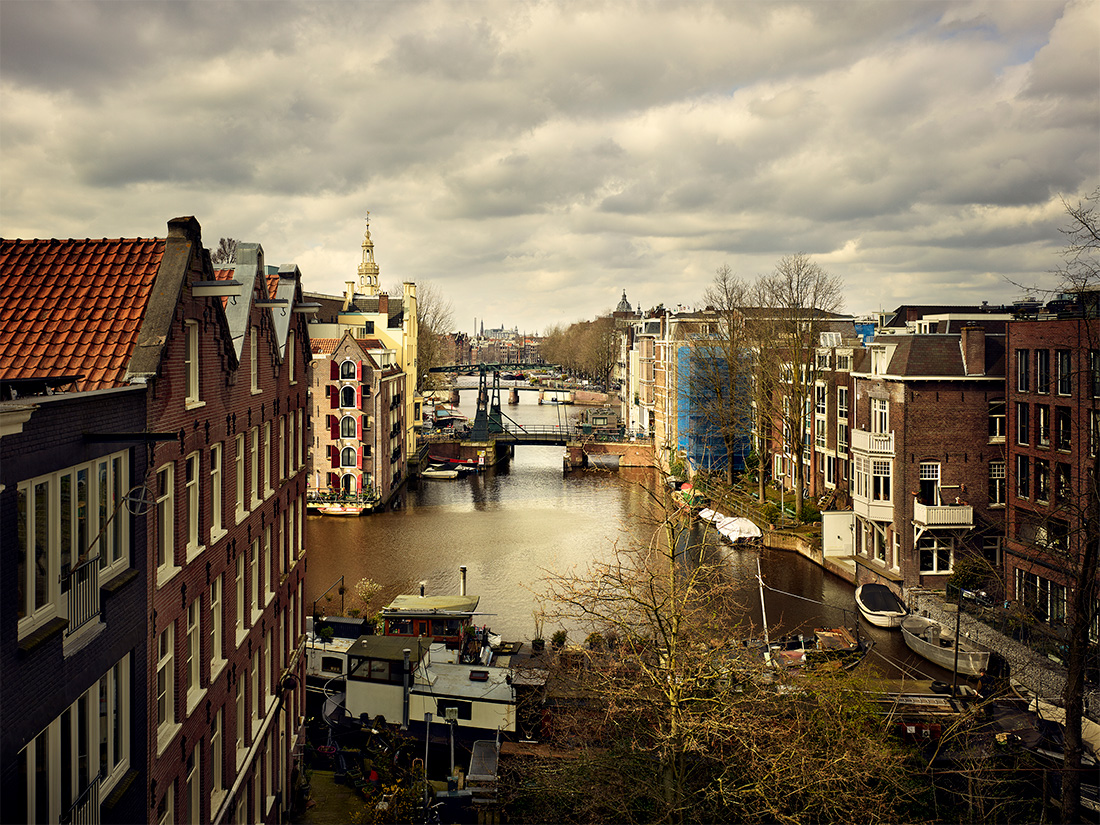
The Jewish Quarter For centuries, the Jewish Quarter, called ‘Jodenbuurt’ in Dutch, used to be the epicentre of Jewish life in Amsterdam. Despite its name, the 7,000 Jews living in the area only accounted for just over half of the neighbourhood’s residents. In 1942 the Jewish Quarter was designated as ‘Judenviertel I’, one of three city quarters where Jews were allowed to live. Location: De Peperbridge connects Uilenburg with Rapenburg.
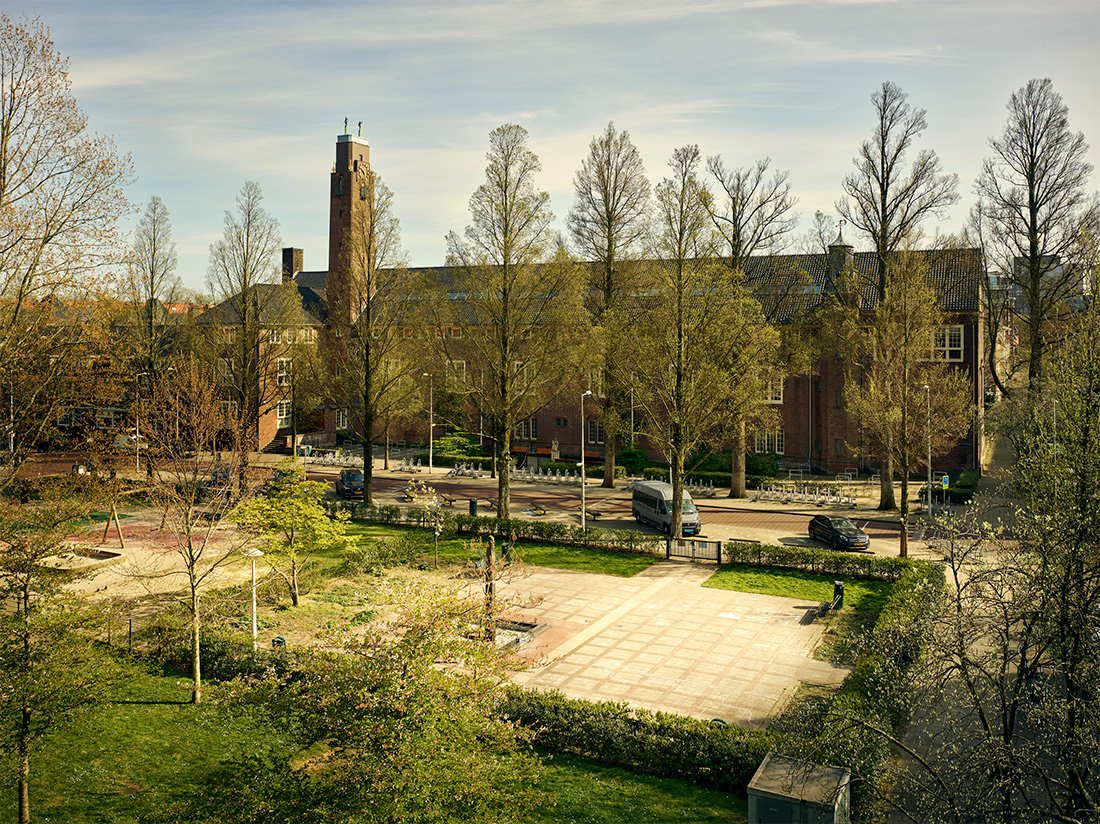
Zentralstelle The open space at the Adama van Scheltemaplein used to be the location of a secondary school that was confiscated to accommodate the ‘Zentralstelle für Jüdische Auswanderung’ (Central Agency for Jewish Emigration). From June 1942 onwards, this ‘Zentralstelle’ was the control room from which the deportation of all Jews out of the Netherlands was organised.
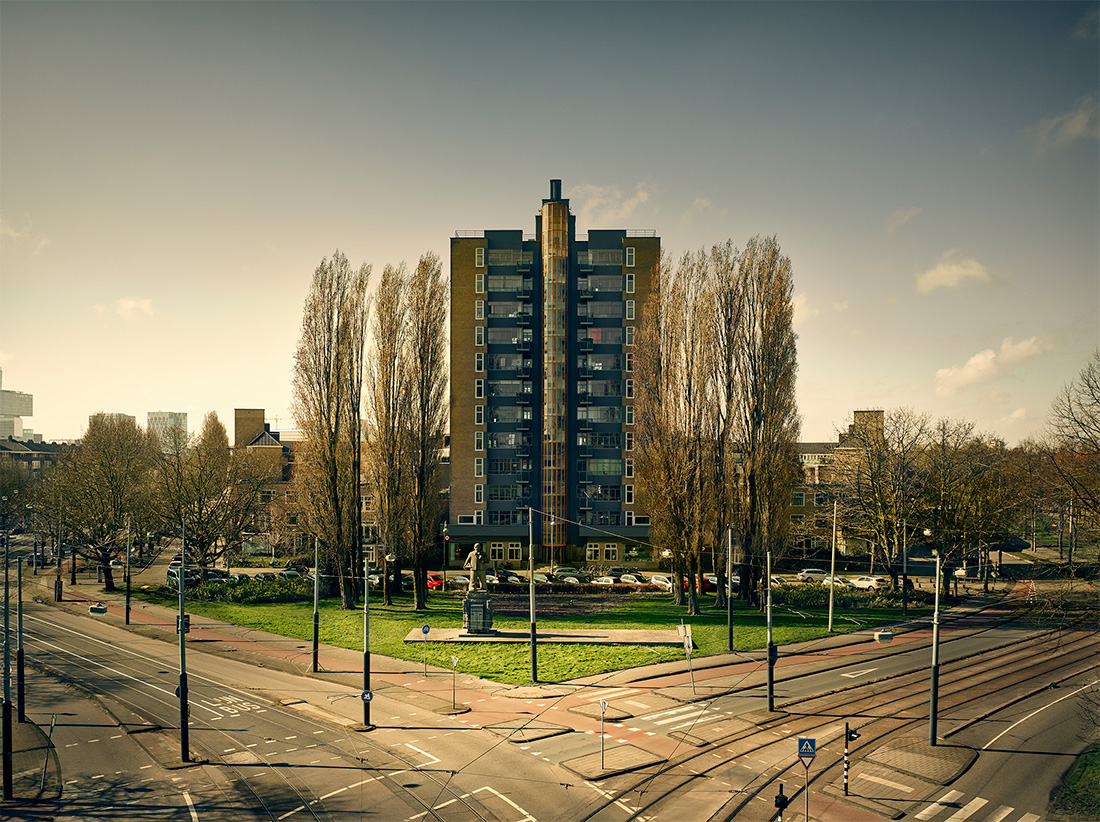
Victorieplein The stretch of green in front of the ‘Skyscraper’ at Victorieplein (then called Daniël Willinkplein) served as a gathering point for Jews who were arrested during raids in the Rivierenbuurt neighbourhood. This part of town was home to some 17,000 Jewish people in 1940, among them many refugees from Germany. No less than 13,000 ended up murdered. The neighbourhood was designated as ‘Judenviertel III’, one of three city quarters where Jews were allowed to live until September 1943.